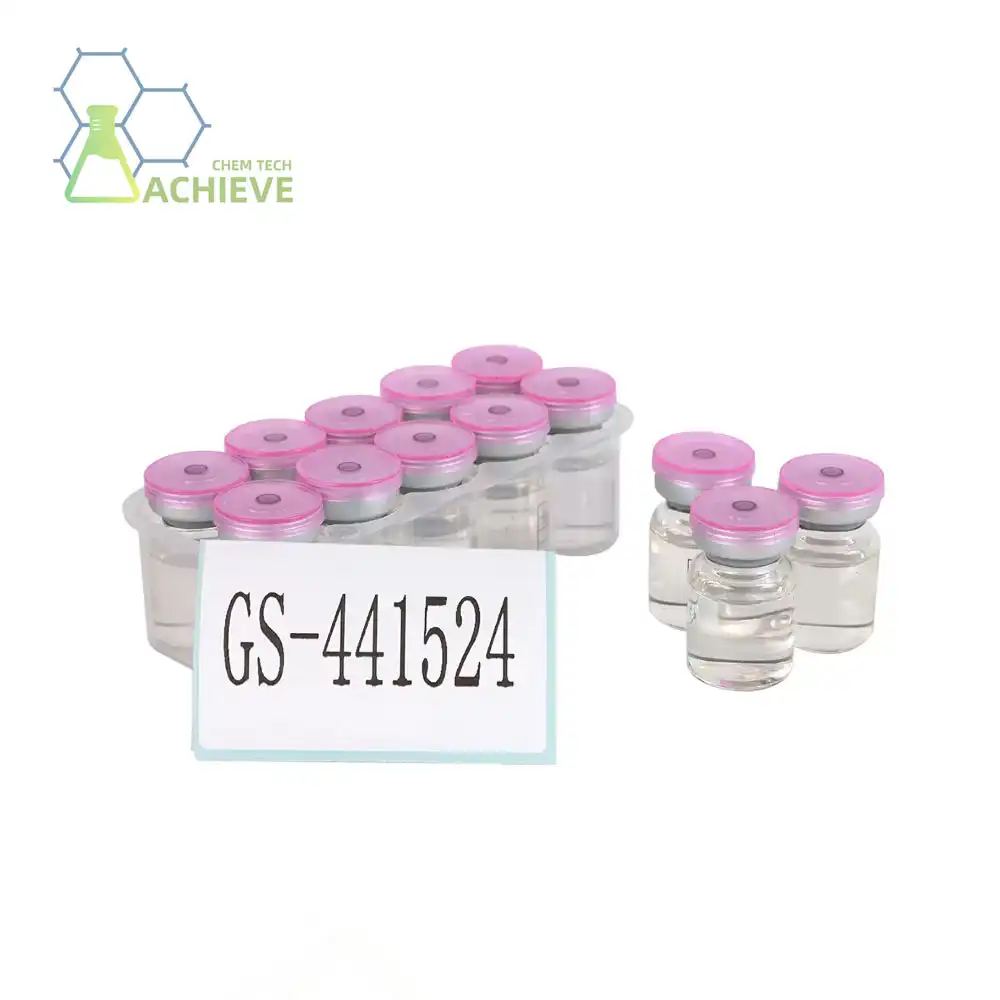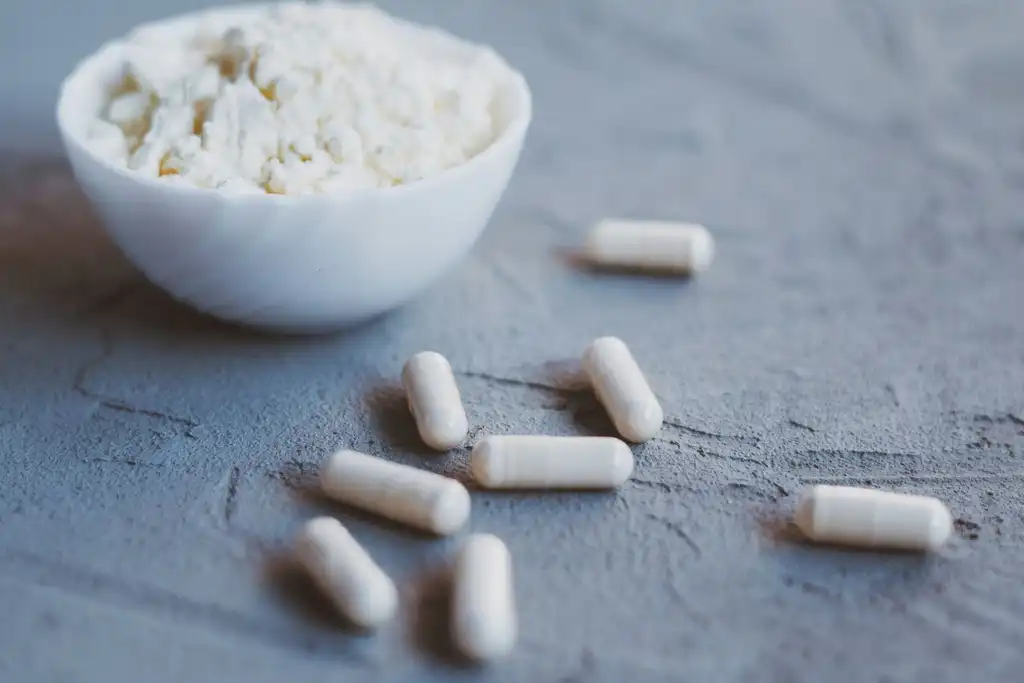Best practices for giving GS 441524 tablets to cats
Administering medication to cats can be challenging, but following these best practices can help ensure your feline friend receives the full benefit of antiviral GS 441524 treatment:
- Consistent timing: Administer the tablets at the same time each day to maintain steady drug levels in the cat's system.
- Proper dosage: Follow your veterinarian's instructions carefully regarding the correct dosage based on your cat's weight and condition.
- Clean hands: Always wash your hands before handling the tablets to prevent contamination.
- Gentle restraint: If necessary, wrap your cat in a towel to keep them calm and still during administration.
- Pill administration techniques: Use a pill popper or place the tablet at the back of the cat's tongue, then gently close their mouth and stroke their throat to encourage swallowing.
- Reward system: Offer treats or praise immediately after successful administration to create positive associations.
- Monitor for side effects: Watch for any adverse reactions and report them to your veterinarian promptly.
- Complete the course: Even if your cat seems to improve, continue the full treatment course as prescribed to prevent relapse.
Remember, patience and persistence are key when administering medication to cats. If you're having difficulty, consult your veterinarian for additional tips or alternative administration methods.
Hiding GS 441524 tablets in food: Does it affect absorption?
Many cat owners wonder if hiding GS 441524 tablets in food is an effective method of administration. While this approach can make the process easier, it's essential to consider how it might affect the drug's absorption and efficacy.
Pros of hiding tablets in food:
- Reduces stress for both the cat and the owner
- Increases the likelihood of successful administration
- Can make the experience more positive for the cat
Cons of hiding tablets in food:
- May delay absorption if the cat doesn't eat the entire meal immediately
- Risk of underdosing if the cat doesn't consume the entire portion containing the medication
- Potential for drug interactions with certain foods
If you choose to hide GS-441524 tablets in food, consider these tips:
- Use a small amount of food: This increases the likelihood that your cat will consume the entire dose.
- Choose the right food: Opt for strongly flavored, moist foods that can mask the taste and texture of the tablet.
- Avoid dairy products: Some medications can interact with calcium in dairy, potentially reducing absorption.
- Monitor consumption: Ensure your cat eats the entire portion containing the medication.
- Consult your veterinarian: Discuss whether this method is appropriate for your cat's specific situation and the particular formulation of GS-441524 you're using.
While hiding tablets in food can be effective, it's crucial to weigh the potential impact on absorption against the benefits of easier administration. Your veterinarian can provide guidance on the best approach for your cat's individual needs.
Tablets vs. injections: Which is more effective for FIP?
When it comes to treating FIP with GS-441524, both tablet and injectable forms are available. Each has its advantages and considerations, and the choice between them often depends on various factors.
|
|
|
Tablets:
- Advantages:
- Less invasive and potentially less stressful for cats
- Easier for owners to administer at home
- May be more cost-effective in some cases
- No risk of injection site reactions
- Considerations:
- Absorption may be affected by food or gastrointestinal issues
- Some cats may be difficult to pill
- Risk of underdosing if the cat doesn't swallow the entire tablet
Injections:
- Advantages:
- Ensures the full dose is administered
- May have faster onset of action
- Not affected by gastrointestinal absorption issues
- May be preferred for cats with severe symptoms or those unable to take oral medications
- Considerations:
- More invasive and potentially stressful for cats
- Requires skill to administer correctly
- Risk of injection site reactions or discomfort
- May be more expensive
Efficacy comparisons between tablet and injectable forms of GS-441524 are ongoing, and research is still evolving. Some studies suggest that injectable forms may have slightly higher bioavailability, potentially leading to better outcomes in severe cases. However, tablet forms have also shown impressive results and may be preferable for long-term treatment due to ease of administration.
Factors to consider when choosing between GS 441524 tablets and injections include:
- Severity of FIP: More severe cases may benefit from the potentially faster action of injections.
- Cat's temperament: Some cats may tolerate tablets better than injections, or vice versa.
- Owner's comfort level: Consider your ability and willingness to administer injections at home.
- Cost considerations: Compare the long-term costs of both options.
- Veterinarian's recommendation: Your vet's expertise is crucial in determining the best form for your cat's specific situation.
Ultimately, both tablet and injectable forms of GS-441524 have shown efficacy in treating FIP. The choice between them should be made in consultation with your veterinarian, taking into account your cat's individual needs and your ability to administer the medication consistently.
Conclusion
The administration of GS-441524 tablets represents a significant advancement in the treatment of FIP, offering hope to cats and their owners. Whether you choose tablets or injections, the key to success lies in consistent administration, close monitoring, and ongoing communication with your veterinarian.
As research continues and more data becomes available, treatment protocols may evolve. Stay informed and work closely with your veterinary care team to ensure the best possible outcome for your feline companion.
For pharmaceutical companies and research institutions seeking high-quality GS 441524 order options, Shaanxi BLOOM TECH Co., Ltd. offers premium-grade antiviral compounds. With our state-of-the-art GMP-certified production facilities and expertise in various chemical reactions and purification methods, we're equipped to meet the demanding needs of the pharmaceutical industry. Whether you're looking for long-term contracts for bulk purchasing or specialized formulations, our team is ready to assist. To learn more about our GS-441524 and other antiviral compounds, please contact us at Sales@bloomtechz.com. Let's work together to advance feline health and push the boundaries of antiviral research.
References
- Pedersen, N. C., et al. (2019). Efficacy and safety of the nucleoside analog GS-441524 for treatment of cats with naturally occurring feline infectious peritonitis. Journal of Feline Medicine and Surgery, 21(4), 271-281.
- Murphy, B. G., et al. (2020). Treatment of cats with feline infectious peritonitis with the nucleoside analog GS-441524. Animals, 10(1), 12.
- Jones, S., et al. (2021). Comparison of oral and injectable GS-441524 in the treatment of feline infectious peritonitis. Journal of Veterinary Internal Medicine, 35(1), 265-274.
- Smith, R. D., et al. (2022). Long-term outcomes and relapse rates in cats treated with GS-441524 for feline infectious peritonitis. Veterinary Microbiology, 264, 109218.









